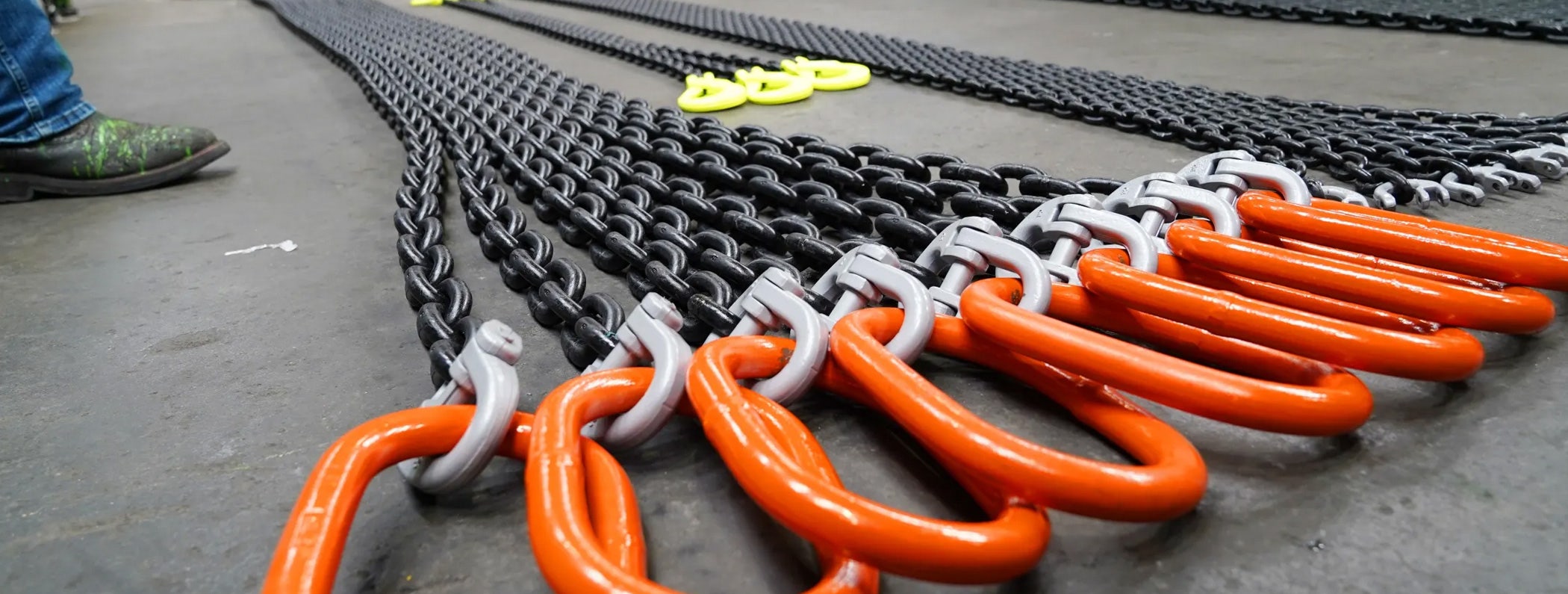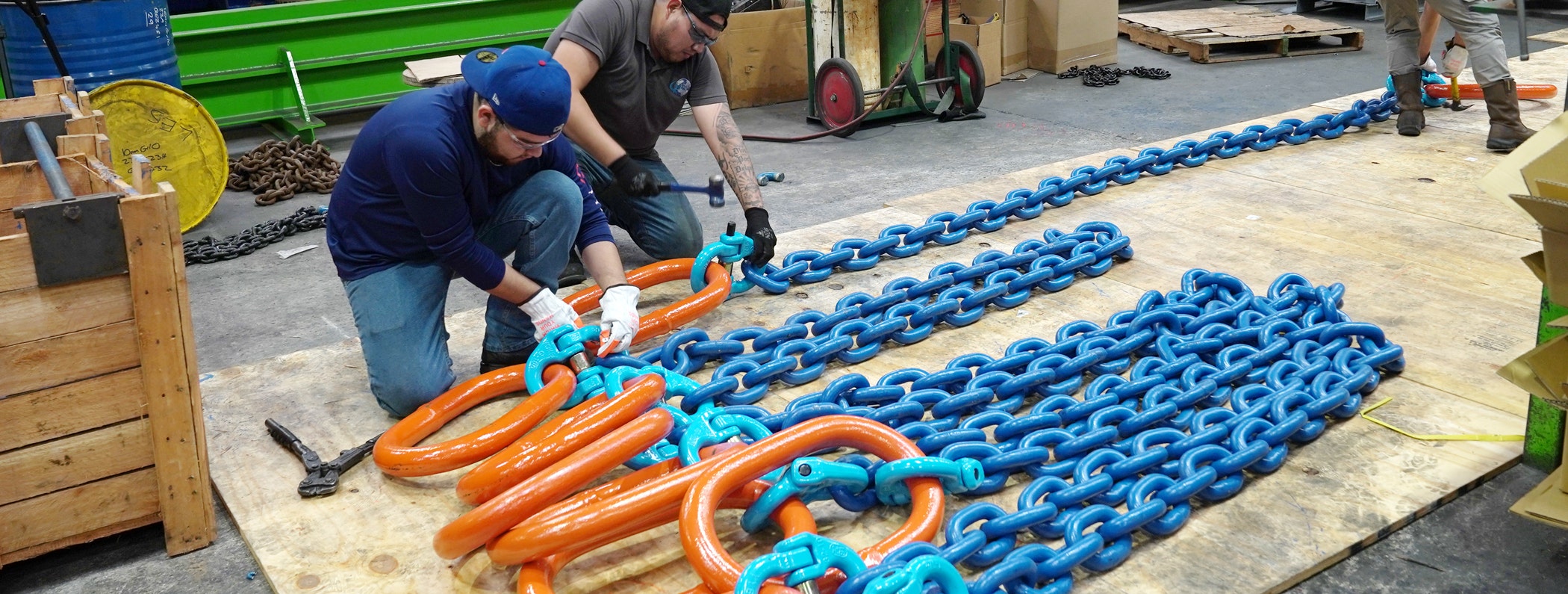How to Choose the Right Wire Rope Clamps

Wire rope clamps play a crucial role in rigging, helping secure wire ropes together or forming loops at the ends. These clamps are commonly used in lifting, hoisting, and rigging tasks. Choosing the right wire rope clamp is key to providing the job gets done safely and efficiently. Here’s a guide to help you make the best choice.

What Are Wire Rope Clamps?
Wire rope clamps are small yet important components of rigging hardware. They are used to secure two ends of wire rope or form loops by bending one end of the rope back. Typically, wire rope assemblies need two or three clamps to hold the ends together.
A wire rope clamp consists of three parts: a saddle, a U-bolt, and two hex nuts. This simple design helps hold the wire rope securely, whether you're creating an eyelet at the end of the rope or joining two lengths of wire.
Types of Wire Rope Clamps
There are three main types of wire rope clamps, each designed for different applications. The type of clamp you need depends on the environment it will be used in and the specific task at hand:1. Stainless Steel Wire Rope Clamps
Stainless steel clamps are ideal for environments where corrosion could be an issue, like in marine or coastal areas. They resist rust and wear, making them a popular choice for outdoor use.
2. Malleable Galvanized Clamps
These clamps are made of malleable iron coated with a layer of zinc for corrosion resistance. They are generally more affordable and are often used in applications where the clamps won't be exposed to extreme weather conditions.
3. Drop Forged Galvanized Clamps
Drop-forged clamps are made from a single piece of metal and are stronger than malleable galvanized clamps. They’re often used for heavier loads or where more strength is needed.
How to Choose the Right Wire Rope Clamp
When selecting a wire rope clamp, consider the following factors:
1. Manufacturer's Reputation
Choose a trusted manufacturer who is known for quality rigging products. A reliable brand will offer clamps that meet industry standards and can handle the demands of your work environment.
2. Consult the Instruction Manual
Always check for a proper instruction manual with the clamps. This should include information on installation, load capacity, and any specific requirements for the clamp. A detailed manual will guide you through safe and correct installation, which is critical for the clamp’s performance.
3. Expert Assistance
It’s always a good idea to consult an expert before purchasing wire rope clamps. An experienced rigger can help you choose the right clamp based on factors like the type of work, the diameter of the wire rope, and the material that best suits your needs. An expert will also be able to make sure that the clamps you choose are the right fit for your application and that they will function correctly under the expected load.
4. Size and Fit
The size of the wire rope clamp should match the diameter of the wire rope you plan to use. If the clamp is too small or too large, it may not hold the rope securely. Be sure to check the specifications of both the rope and the clamp before making your selection.
5. Weather Resistance
If the clamps will be used outdoors or in harsh environments, consider the type of weather exposure they’ll face. For example, stainless steel clamps are better for environments with high humidity or saltwater exposure, while galvanized clamps may be sufficient for indoor or less harsh environments.
6. Inspection and Maintenance
Wire rope clamps should be regularly checked for wear and tear. Over time, exposure to weather, heavy loads, and rough handling can cause damage to the clamps. It’s important to inspect the clamps before and after each use to make sure they’re still in good working condition.
7. Proper Storage
Storing your wire rope clamps in a dry, cool place will help prolong their life. Avoid storing them in areas with high moisture or extreme temperatures, as this can cause corrosion or weaken the clamps.
How to maintain Wire Rope on Top Condition
Final Tips for Choosing the Right Wire Rope Clamps
- Don’t Skip the Inspection: Always check the condition of the clamps and ropes before each use. Look for signs of wear, rust, or any damage that could affect their performance.
- Use Lubrication: Applying a light coat of lubrication can reduce friction and prevent rust, helping the clamps work smoothly and last longer.
- Choose the Right Number of Clamps: For most wire rope applications, two or three clamps are required to properly secure the rope. Be sure to follow the manufacturer’s guidelines for the correct number and placement of clamps.
Wire rope clamps may seem simple, but using the right one for the job can make a big difference. Whether you’re lifting, rigging, or securing wire ropes, the clamps you choose should meet the demands of the task and environment. Always make sure you are selecting the right size and type of clamp for your needs, and don’t forget to perform regular maintenance and inspections.










